——Microscopic analysis of different fractures under SEM Pre-review In the last issue we explored the morphology of ants under a scanning electron microscope. From the overall shape to the details of the details, the structure and function of each structure on the ant's body are described in detail. In this issue, we continue to study the fracture of alloys under different processing conditions by means of scanning electron microscopy to characterize their plastic properties. Preface Alloys are usually subjected to casting, press processing (such as rolling, extrusion, forging, wire drawing, stamping, etc.) and heat treatment to obtain excellent structures, to make suitable profiles and workpieces, and to apply them in various fields such as the national economy. . A series of tensile tests are typically used to test some of the mechanical properties of the material prior to mass production. From the tensile test process, a series of tensile curves can be derived to characterize the intrinsic elasticity, ductility, toughness, and the like of the material. In the final stage of the tensile curve, the sample loses continuous deformation under the action of external force and will break into two segments. The fracture process of the sample includes two basic processes: initiation of cracks and expansion of cracks. The fracture process of metal materials has great practical significance in engineering. The fracture behavior of bridges, ships, automobiles and spacecraft has brought enormous harm to the national economy. The fracture resistance of metallic materials depends mainly on two major factors. One is the external cause. Such as stress state, temperature, humidity, etc. The second is internal cause. Such as microstructure and chemical composition. One can improve the material's performance by adjusting the chemical composition of the alloy, improving processing parameters, and heat treatment options. While pursuing the high strength of alloys, people are paying more and more attention to the plasticity and toughness of materials. In this paper, the plasticity index of the material is analyzed mainly by the microscopic morphology of the fracture of some alloys. The fracture of materials is mainly divided into two categories: plastic fracture and brittle fracture. Plastic fracture is also called ductile fracture. A large number of macroscopic plastic deformation occurs before fracture. During the brittle fracture process, there is almost no macroscopic plastic deformation, but there is a certain microscopic plastic deformation in the local region. In this paper, the fractures of four different deformation aluminum alloys were selected and their morphology and microstructure were observed to characterize their plasticity. • Alloy fracture at 20% deformation - topography analysis It can be seen from Fig. 1 that the fracture of the sample at the 20% deformation is mainly a dimple cleavage type fracture, and there are some dimples around the cleavage fracture. In general, the larger the dimple, the more the distribution, the better the plastic properties of the material. At lower multiples, there are cleavage steps and the formation of microcracks. During the process of cleavage cracks continuing to expand, the cleavage steps merge to form a “river patternâ€. At higher magnifications, it can be seen from these cleavage fractures that the grains of the sample are distributed in a long strip shape, and the size of these elongated grains is mostly about 15 μm, mainly due to processing deformation. A small amount of small crystal grains are distributed around these elongated crystal grains, and the size of these small-sized crystal grains is about 5 μm, mainly due to local recrystallization. In addition, a small amount of second phase particles or pores are also present in some cleavage fractures. These holes may be caused by the position left by the detachment of the second phase particles inside the crystal during the fracture process. Fig.1 Fracture profile of alloy under 20% deformation • Alloy fracture at 30% deformation - topography analysis Fig. 2 Fracture profile of alloy under 30% deformation It can be seen from Fig. 2 that the fracture of the sample at the 30% deformation is mainly a dimple cleavage fracture. Compared with the sample with 20% deformation, the dimples of the sample increased at 30% deformation, which indicates that the plasticity of the material is enhanced under a large deformation amount. Mainly in two aspects, one is the increase in the volume of the dimple, and the second is the increase in the number of dimples. At higher magnifications, the deformed grains with long strips are seen from these cleavage fractures, and the size of these elongated grains is about 10 um. A small amount of recrystallized grains are distributed around the elongated crystal grains, and the size of these small-sized crystal grains is usually about 3 μm to 5 μm. In addition, there are some distributions of tearing ribs and second phase particles in these cleavage fracture distribution regions. • Alloy fracture at 50% deformation - topography analysis It can be seen from Fig. 3 that the fracture of the sample at 50% deformation is mainly the dimple cleavage fracture. There are obvious cleavage steps and "river patterns." At higher magnifications, it can be seen from the morphology of the cleavage fracture that a large number of nearly equiaxed recrystallized grains are distributed around the elongated grains. These long strips are few and the size is in the range of 7um-10um. The size of these small crystal grains is about 5um. This indicates that the material has undergone significant recrystallization. There is a distribution of second phase particles in these cleavage fractures, and these particle sizes are smaller than the particle size at 20% deformation. It indicates that the solid solution strengthening effect of the second phase particles is enhanced, and the mechanical properties and plasticity of the material are improved. At these almost equiaxed grain edges there are certain dimples. The volume of these dimples is small, probably due to the small particle size at large deformations and the formation of dimples. Fig. 3 Fracture profile of alloy under 50% deformation • Alloy fracture at 60% deformation - topography analysis It can be seen from Fig. 4 that the fracture of the sample at 60% deformation is mainly the dimple cleavage fracture, and there are some dimples around the cleavage fracture. It can be seen from the cleavage fracture that the grains are nearly equiaxed, and the size of these grains is larger than that of the 50% deformation. This indicates that the recrystallization process has been sufficiently carried out, and a certain degree of recrystallized grain growth behavior has occurred, which is detrimental to the plastic properties of the material. Fine second phase particles are contained in a partially nearly equiaxed cleavage fracture. These second phase particles act as a good solid solution strengthening and have certain benefits for the plastic properties of the material. Fig. 4 Fracture profile of alloy under 60% deformation postscript By observing the fracture morphology of the alloy under different deformation conditions under scanning electron microscope, it can be seen that as the deformation amount increases, the recrystallization degree of the alloy increases, the grain size gradually decreases, and the particles of the second phase also occur. Certainly shredded. The plasticity of the material will be improved. However, when the amount of deformation reaches a certain value, a part of the recrystallized grains will grow to some extent, which may damage the plastic properties of the alloy. Of course, the mechanical properties of materials are related to a variety of external and internal factors. At the same time, we can obtain excellent plastic properties by adjusting the composition of the alloy and improving the heat treatment process of the alloy.
Microfiber wet and dry mops are the most econoimic mops that suit for all kinds of cleaning works.With cheapest price but can used more than 100 times.With warp and weft knitting mop fabrics,make s cleaning more easy.It lifts and locks dirt, pet hair, and more to help you get your floors cleaner. Most important, the microfiber wet and dry mop helps keep trash out of landfills.
Microfiber Wet And Dry Mop,Micofiber Wet Mop Pad,Economic Micofiber Wet Mop,Wet And Dry Microfiber Mop Refill jiangsu qiyun cleaning knitting product co.,ltd , https://www.maleclean.com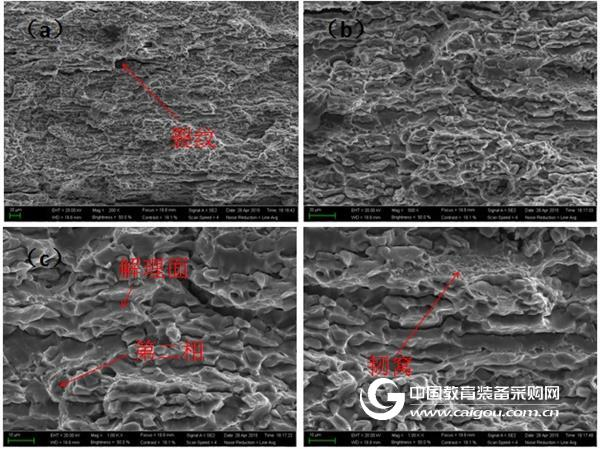
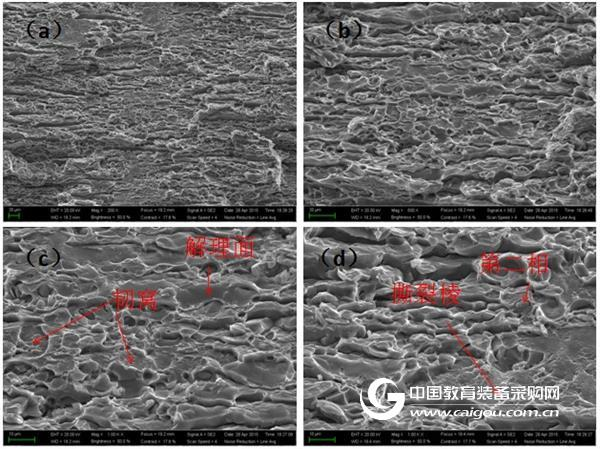
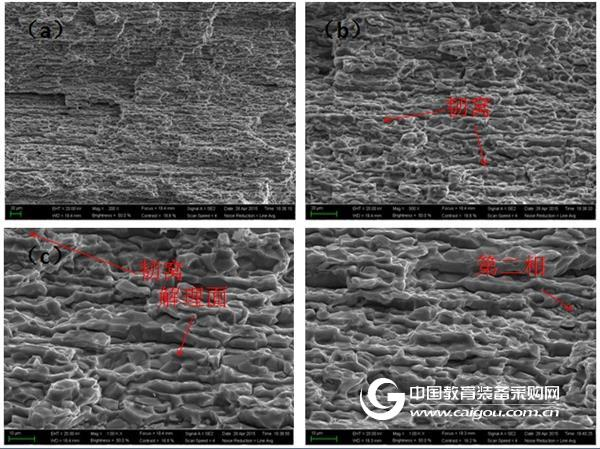
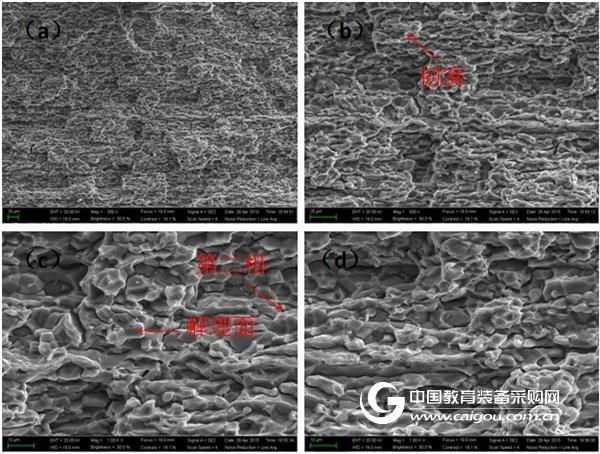
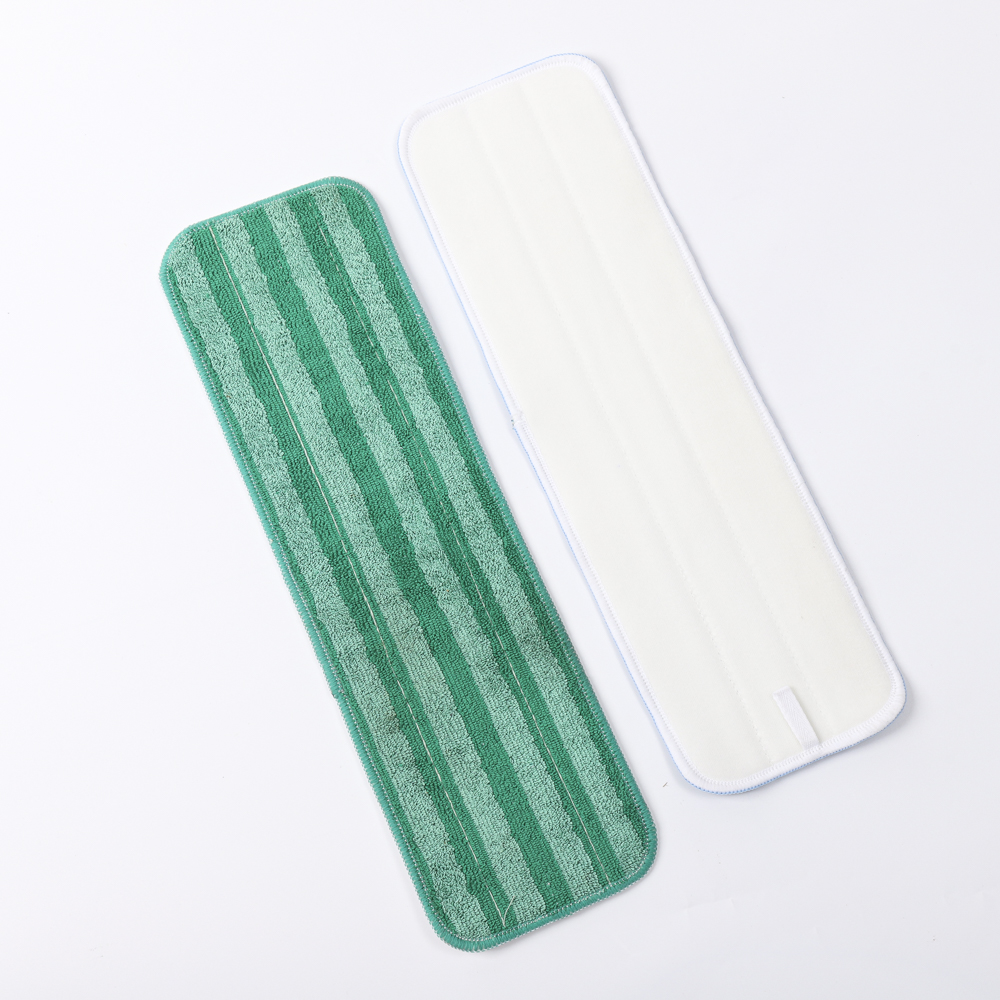
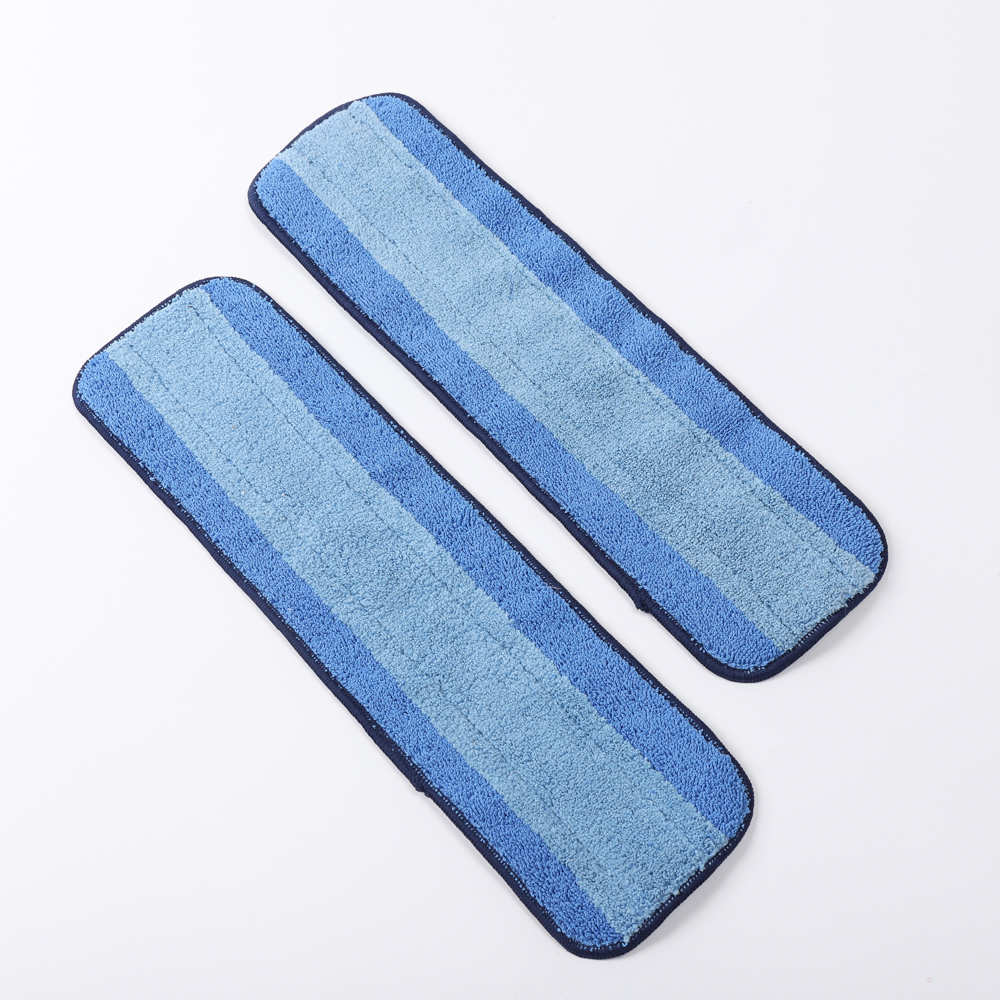
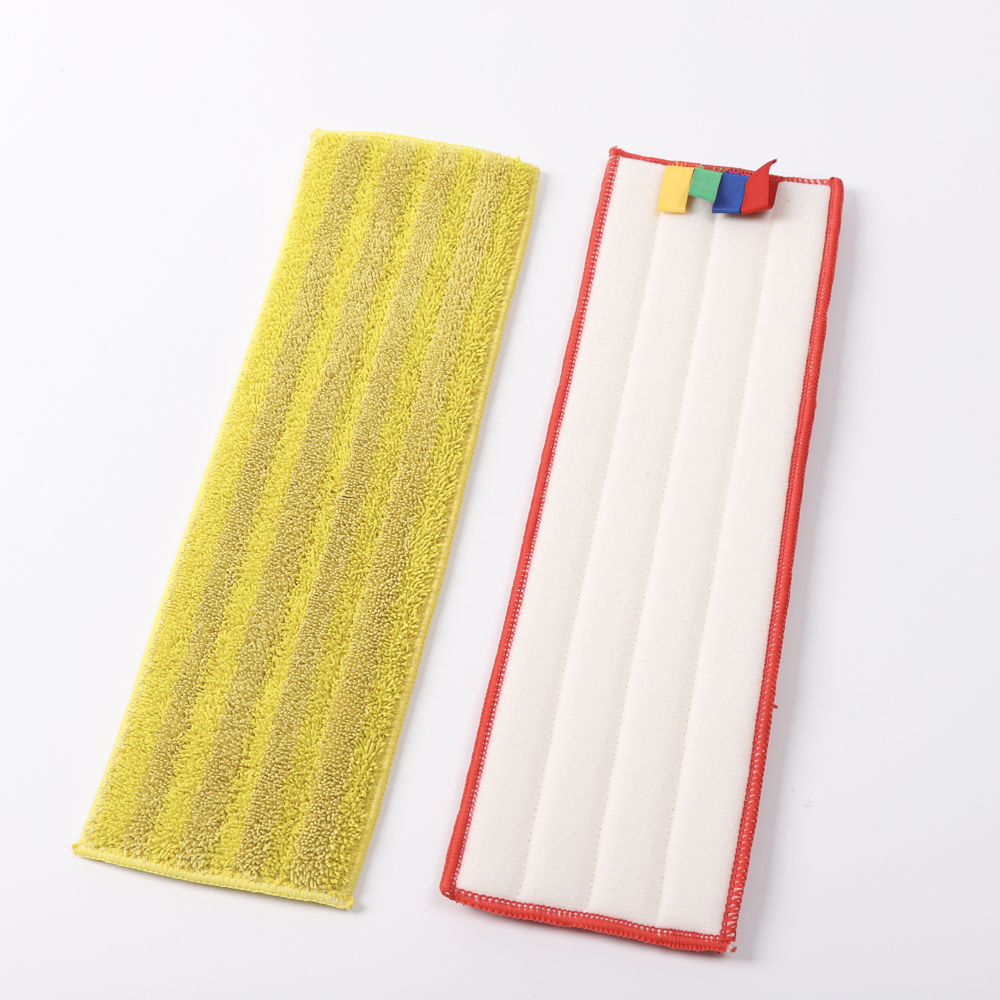
OPTON's microscopic world stage 10 looks at the plastic properties of the material from the fracture of the alloy